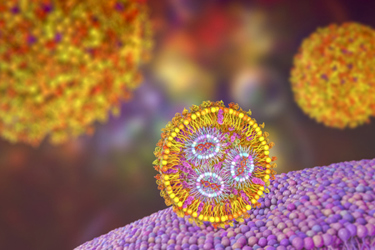Delivery Of RNAi Therapeutics Through Drug-Eluting Implants
By Cyonna Holmes, PhD, Karen Chen, MS, and Brian Wilson, PhD, Celanese

With the success of mRNA COVID vaccines, the focus on RNA therapeutics has skyrocketed, leading to the exploration of new RNA drug classes. While oligonucleotide-based RNAi therapeutics have been in use since the late 1990s, recent advancements have resulted in 13 FDA or EMA approved drugs in this category. As a result, the global market for next-generation oligonucleotide therapeutics is predicted to reach an impressive $7.2 billion by 2026, driven by advancements in oncology, rare diseases, and ophthalmology.
However, conventional delivery methods for RNA therapeutics face limitations, such as off-target toxicities and broad distribution to multiple organs. This is where implants for localized therapeutic delivery step in, providing a solution to these challenges. Implants can bypass physiological barriers, deliver a higher concentration of the therapeutic to the target site, and offer sustained release for improved efficacy. The potential applications of this approach are far-reaching, particularly in the fields of rare diseases, oncology, and ophthalmology.
This article explores the potential of sustained oligonucleotide delivery from an implant, which could significantly reduce treatment burden for patients. Looking ahead, the article also discusses the future outlook of using implants for the delivery of mRNA therapeutics, particularly for chronic conditions requiring protein replacement.
Optimizing the efficacy of RNA therapeutics requires careful consideration of drug delivery options, and this article provides valuable insights into the potential of implants for localized therapeutic delivery.
Get unlimited access to:
Enter your credentials below to log in. Not yet a member of Med Device Online? Subscribe today.
